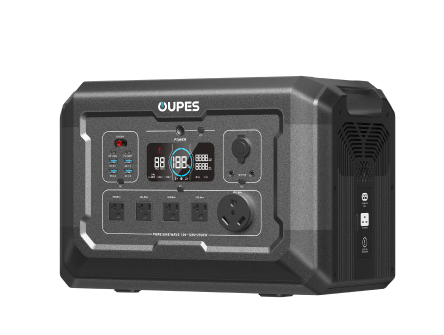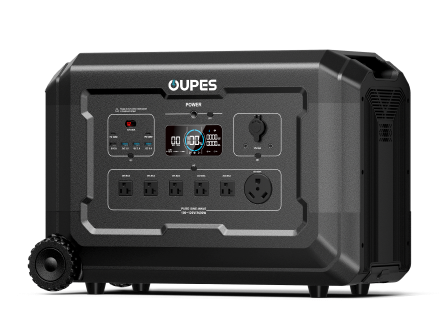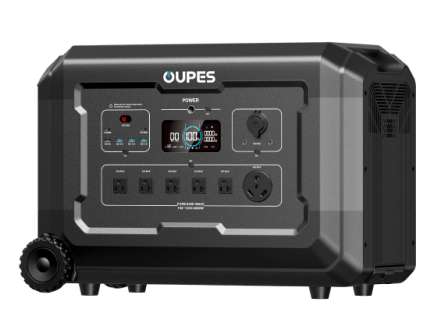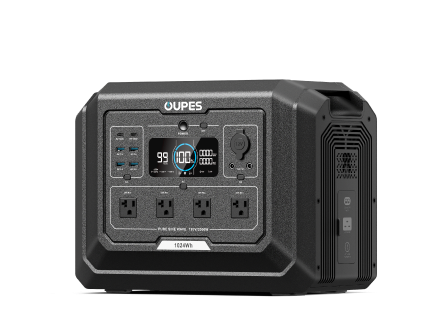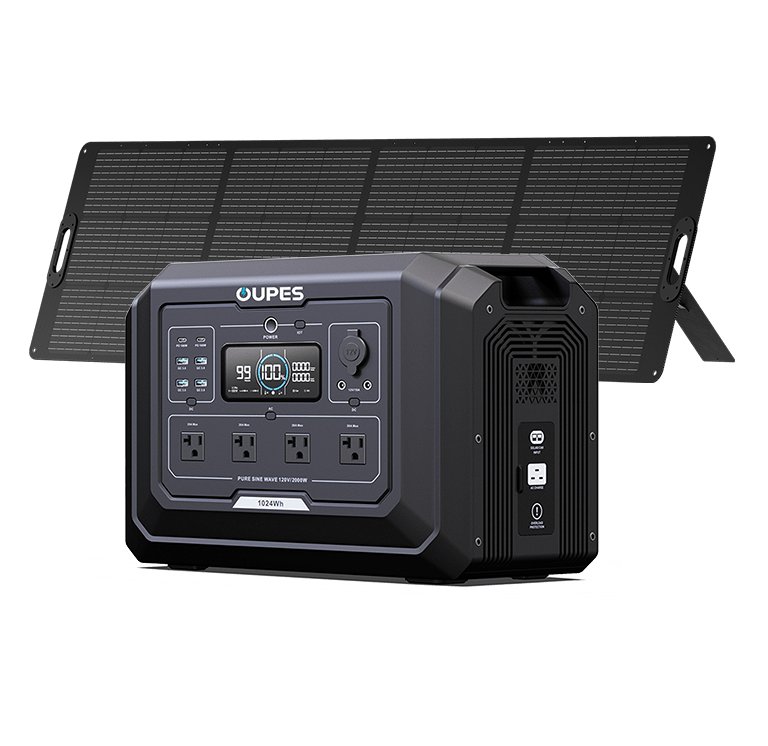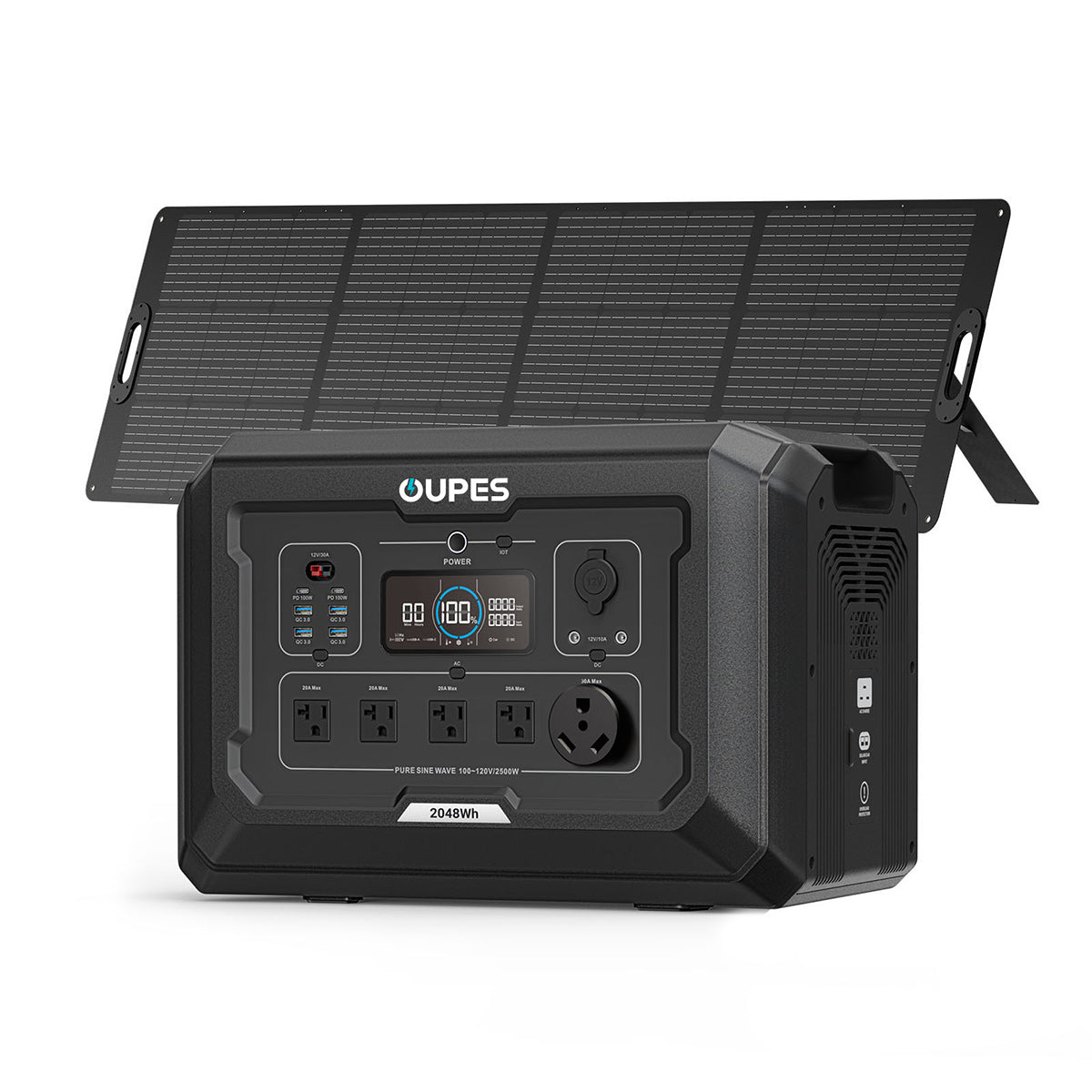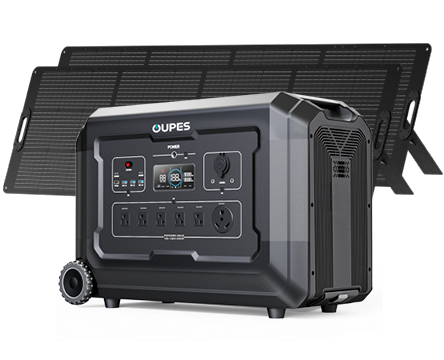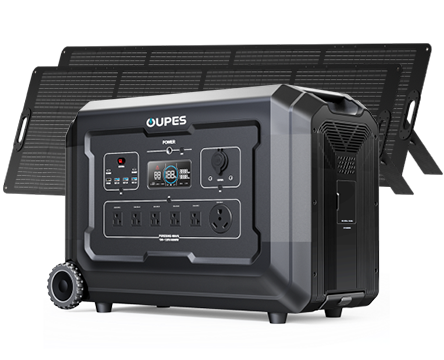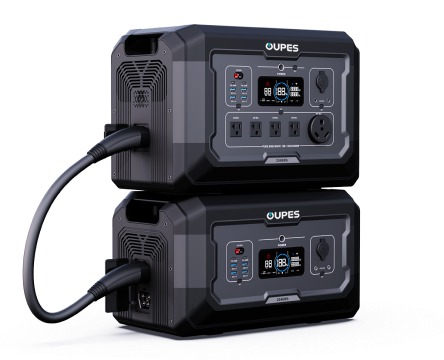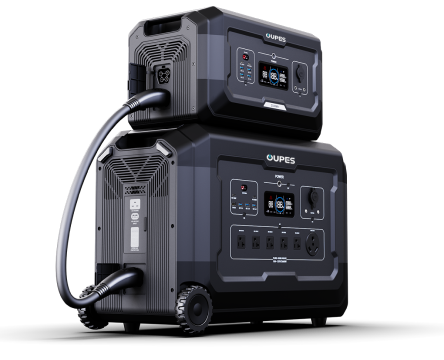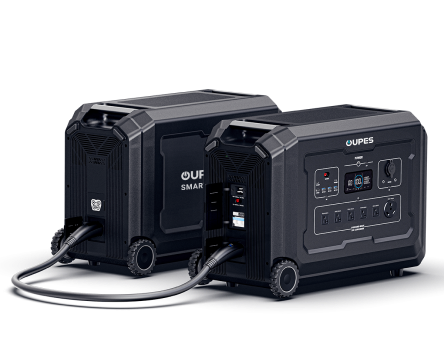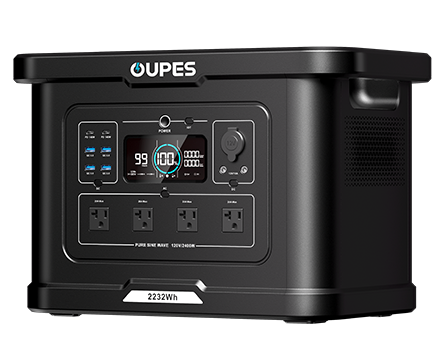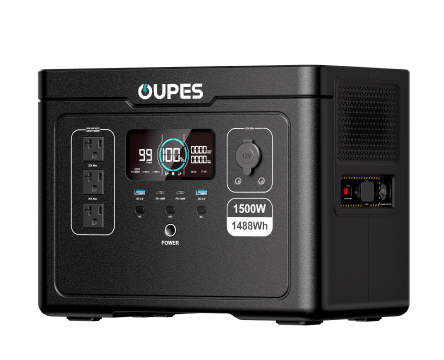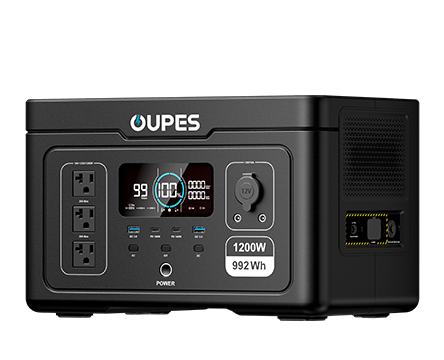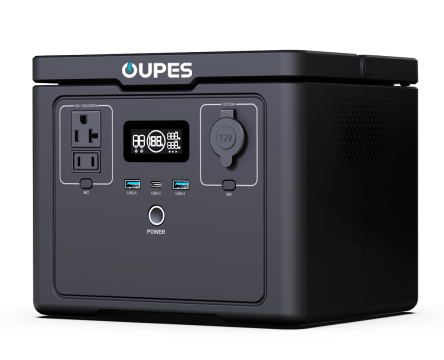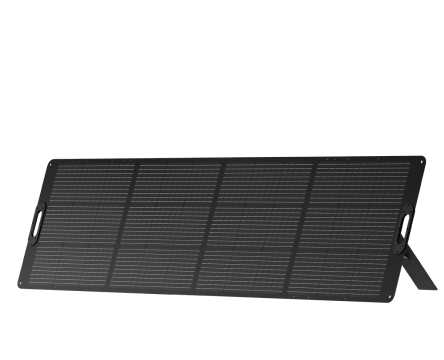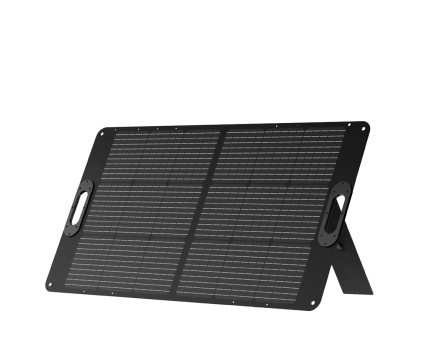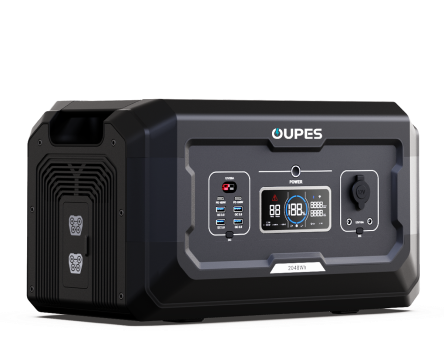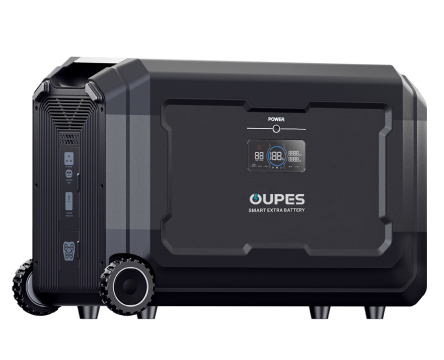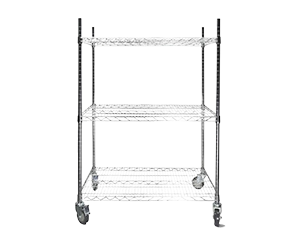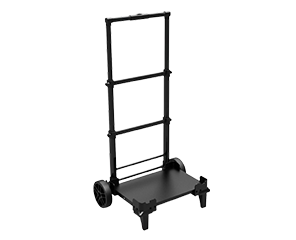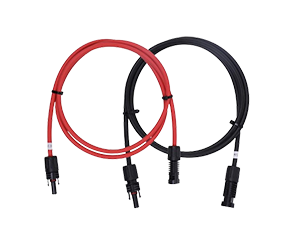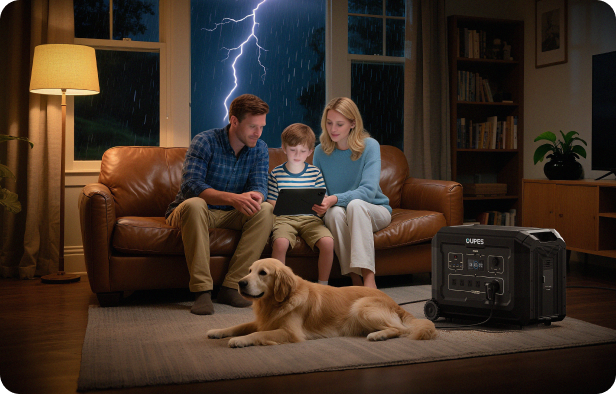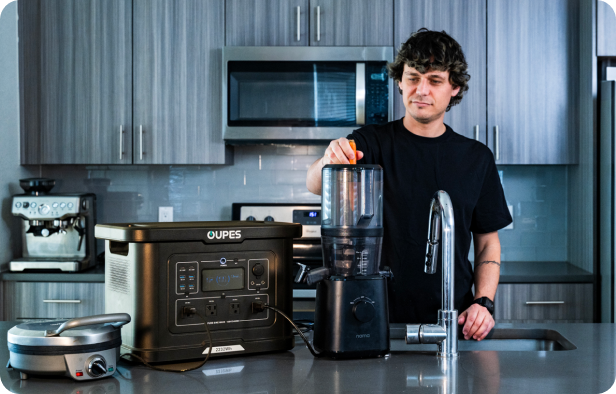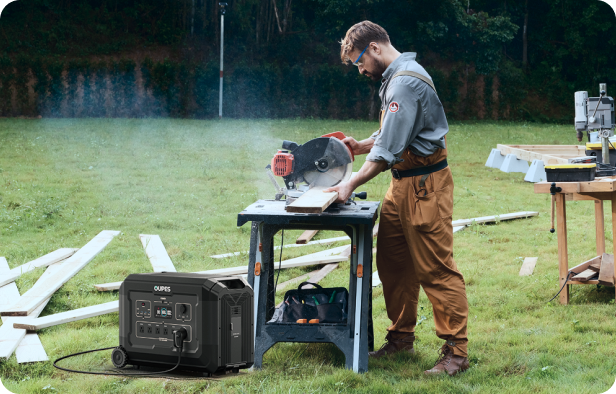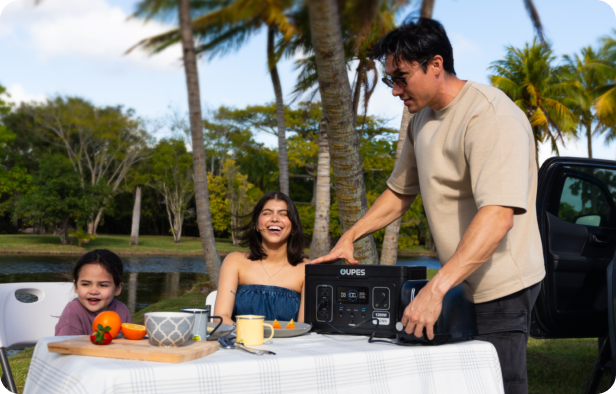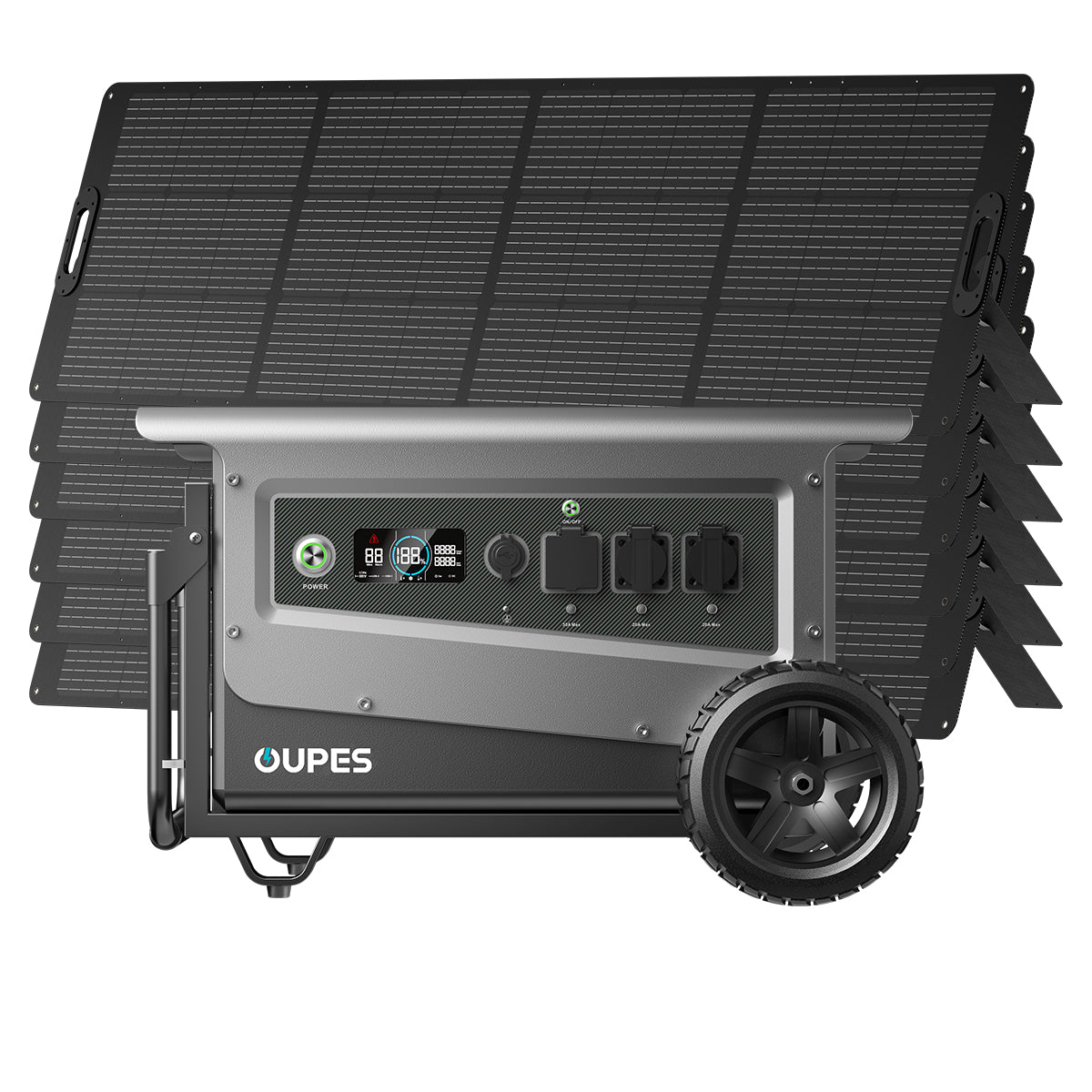
There’s nothing quite like the thrill of seafishing—the salty breeze, rolling waves, and the anticipation of a big catch. But success on the water requires more than skill. Modern anglers rely on electronic gear such as fish finders, GPS, radios, and livewell pumps—and all of these demand reliable power. Portable power stations have emerged as the solution, ensuring safety, efficiency, and convenience on every trip.
Why Portable Power Stations Are a Game-Changer for Seafishing
Unlike bulky, noisy, fuel-powered generators, portable power stations are quiet, clean, and efficient. They provide consistent energy for essential devices, helping anglers fish longer and safer without returning to shore.
Key Advantages
- Versatility: Power smartphones, fish finders, trolling motors, or livewell pumps with one device.
- Portability: Lightweight and compact; easy to store even in small boats.
- Eco-Friendly: No fumes or noise, safe for marine environments.
- Durability: Rugged, water-resistant designs withstand splashes and saltwater conditions.
Key Features to Look for in a Seafishing Power Station
Choosing the right station means matching features to your fishing style and equipment needs.
Battery Capacity
Measured in watt-hours (Wh), capacity determines runtime. For example, a 1000Wh station can power a livewell pump overnight or run a fish finder for hours.
Portability
Space is limited on boats—look for lightweight designs with handles or straps for easy transport.
Output Options
Multiple outlets are essential: USB-C PD for tablets and phones, AC outlets for larger gear, and DC ports for marine accessories.
Solar Compatibility
Solar charging extends independence during long trips, especially with built-in MPPT controllers for optimal efficiency.
| Feature | Small (200–500Wh) | Medium (1000Wh) | Large (2000Wh+) |
|---|---|---|---|
| Devices Supported | Phones, radios, LED lights | Fish finder, livewell pump, GPS | Trolling motor, refrigerator, multiple devices |
| Portability | Ultra-compact, easy to carry | Moderate size, boat-friendly | Heavier, best for larger vessels |
| Best Use | Day trips, light fishing | Weekend or extended outings | Professional seafishing, long expeditions |
Integrating Portable Power Stations into Your Setup
- Assess Needs: Add up wattage for all devices. Example: fish finder (50W), livewell pump (100W), lights (20W) = ~200W required.
- Strategic Placement: Keep the power station central to minimize cable length and voltage drop.
- Use Waterproof Accessories: Cable clips and organizers keep cords safe from splashes and tangling.
- Pair with Solar Panels: Harness the sun to recharge, extending your time on the water.
Real-Life Benefits of Portable Power Stations
- Florida Anglers: Powered fish finders, charged phones, and ran a small fridge—all without docking.
- Inshore Fisherman: Used a station with solar panels to run his trolling motor all day, maintaining steady movement and access to fishing spots.
- Emergency Safety: During a sudden storm, one angler kept his GPS and radio active with a portable station, ensuring a safe return.
Future Trends in Portable Power for Seafishing
- Battery Innovation: Solid-state batteries for longer life and faster charging.
- Wireless Charging: Reduced clutter and simpler setups on boats.
- Smart Integration: Remote monitoring and control for optimized efficiency.
- Modular Systems: Add expansion batteries for scalable energy solutions.
Pros and Cons of Portable Power Stations
| Pros | Cons |
|---|---|
| Quiet, emission-free, safe for marine use | Limited runtime for large appliances |
| Solar-compatible for off-grid energy | High upfront cost for large-capacity models |
| Compact and portable compared to generators | Charging can take hours, weather-dependent with solar |
FAQ: Portable Power Stations for Seafishing
Q1: Can a portable power station run a trolling motor?
Yes, but only high-capacity (1000Wh+) models. Run times vary depending on motor size.
Q2: How long does solar recharging take at sea?
Depends on sunlight and panel size. A 200W panel may charge a 1000Wh station in 5–7 hours.
Q3: Are portable power stations safe around saltwater?
Yes, if designed with rugged, water-resistant housing. Always store them in dry, elevated areas on your boat.
Q4: Do they replace onboard marine batteries?
No. They supplement your existing system, providing flexibility and backup power for accessories.
Q5: What’s the lifespan of a portable power station?
LiFePO4 battery stations can last 8–10 years with 3000–3500 charge cycles, making them ideal for regular anglers.
Final Thoughts
Portable power stations are transforming seafishing. They keep critical devices running, enhance safety, and extend time on the water. With ongoing innovations in battery and solar technology, investing in one today means future-proofing your fishing adventures. Whether you’re a weekend angler or a professional, portable power stations are the key to safe, productive, and enjoyable trips.

